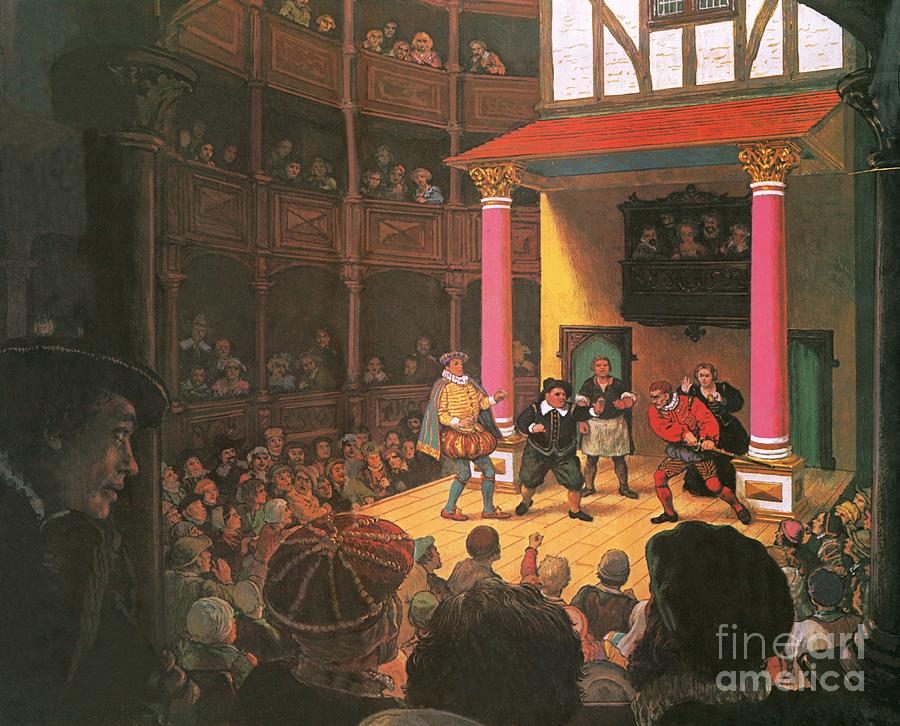No products in the cart.
LegalRoids
movie art
Movie art
Another key benefit of the ART is increased predictability. By working in Program Increments, and delivering value on a regular schedule, the ART provides a predictable rhythm for delivery https://voltage.bet/boxing/. This makes it easier for organizations to plan and forecast, and it provides stakeholders with confidence that value will be delivered on a regular basis.
Built on monday.com Work OS, monday dev allows you to implement and manage your ART from one flexible platform. You can scale your Agile delivery from the convenience of Scrum for small teams to the enterprise-wide structure of SAFe for larger organizations. Here are five features to help facilitate collaboration, planning, and execution across multiple teams and levels of the organization.
Imagine your organization as a well-oiled machine, where the Agile Release Train (ART) is the powerful engine driving your team’s success, all under the umbrella of the SAFe framework. Integrating ART within SAFe means that every role—from the Product Manager to the Scrum Master and beyond—has a clear, aligned purpose that connects daily tasks with your organization’s broader strategic goals.
Theatrical artwork
Iedere tentoonstelling van TheatreArt komt voort uit de liefde voor het theater. Al sinds 1990 zijn er tentoonstellingen in Nederland en Londen. Andrew voelde zich thuis in Londen. De stad waar alle kunstvormen in de grote aantallen theaters op professionele wijze samenkomen, modern en vernieuwend.
Theatrical painting can be seen as a British variant on another artistic genre: history painting. The latter had long been fashionable in France and Italy, and drew for its subject matter on historical events, classical mythology and the Bible.
Artists, meanwhile, were pretty much guaranteed a success, given their subject’s fame. Hogarth sold his painting of Garrick as Richard III for £200 — a sum that he himself noted, with pride if also exaggeration, ‘was more than any painter was known to receive for a portrait’.
Similar to the development of characters in creative nonfiction or fiction, playwrights unfold characters throughout the play. Different characters assume distinct roles, such as protagonists, antagonists, or foils.
It was painted by the Venetian master Marco Ricci around 1709, and captures a rehearsal for the opera Pyrrhus and Demetrius. Among those depicted are the castrato star, Nicolò Grimaldi (usually known by his stage name ‘Nicolini’), pausing grandly in front of a harpsichord, and the celebrated soprano Francesca Margherita de L’Epine, seated behind the instrument.

Cinematic artwork
The influence of cinematic techniques on painting has opened new avenues for artistic expression, merging the dynamic qualities of film with the timeless nature of painting. By incorporating elements such as framing, lighting, color, and narrative structure, painters have been able to create works that not only capture a moment in time but also convey deeper stories and emotions. This interdisciplinary approach enriches both mediums, offering viewers a multifaceted experience that engages both visually and intellectually.
Wes Anderson’s films are known for their distinctive color palettes, which have inspired many contemporary painters. The soft pastels and symmetrical compositions in Anderson’s movies are reflected in the works of artists like Wayne Thiebaud, whose paintings of everyday objects are imbued with a similar nostalgic and whimsical feel. Additionally, the bold, contrasting colors used by filmmakers like Pedro Almodóvar have influenced painters to use vibrant, emotionally charged palettes in their works.
One notable example of this interdisciplinary approach is the work of artist Bill Viola, who integrates video art with traditional themes of painting, such as portraiture and landscape. His installations often draw on the narrative techniques of cinema, using slow-motion video and dramatic lighting to evoke a painterly quality. This synthesis creates a unique aesthetic that bridges the gap between the two forms, offering a new way to experience visual art.
The movie Personal Shopper from 2016 far surpasses the limits of the fashion industry. Olivier Assayas offers a film that considers loss and the lengths someone will go when faced with its intensity. Kristen Stewart plays Maureen, the main character and personal shopper who has recently lost her twin brother.
Hopper’s work is distinguished by its emphasis on mood and atmosphere, often achieved through the strategic use of lighting and perspective. His compositions tend to focus on solitary figures or small groups in urban or rural settings, capturing the essence of isolation and introspection. The framing of his scenes often mimics that of a movie shot, with a keen eye for perspective and depth that guides the viewer’s gaze and creates a sense of three-dimensionality.
Despite flopping financially, the 1981 film Pennies From Heaven garnered critical acclaim from the audience. Featuring four paintings recomposed as tableaux vivants, Ross’s romantic drama allowed cinematographer Gordon Willis to create the stylized mythology of the Depression that it turned out to be (Kael, 1984). Film critic Pauline Kael noted, “…there was never a second when I wasn’t fascinated by what was happening on the screen.” (Kael, 1984)
